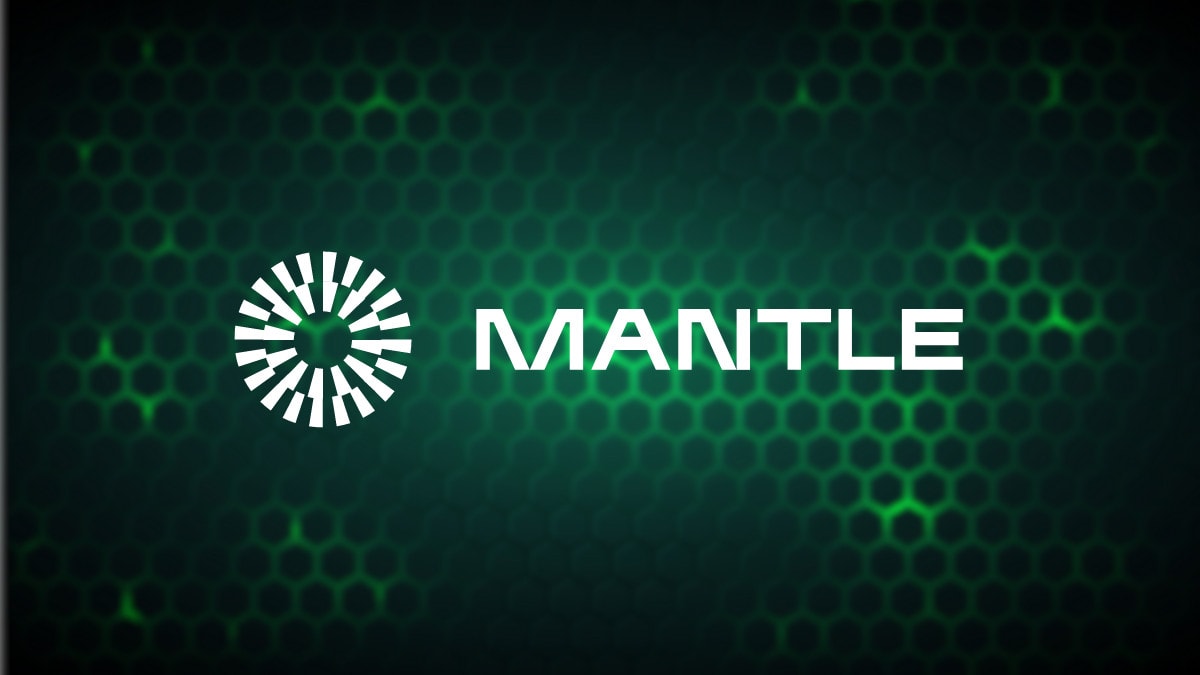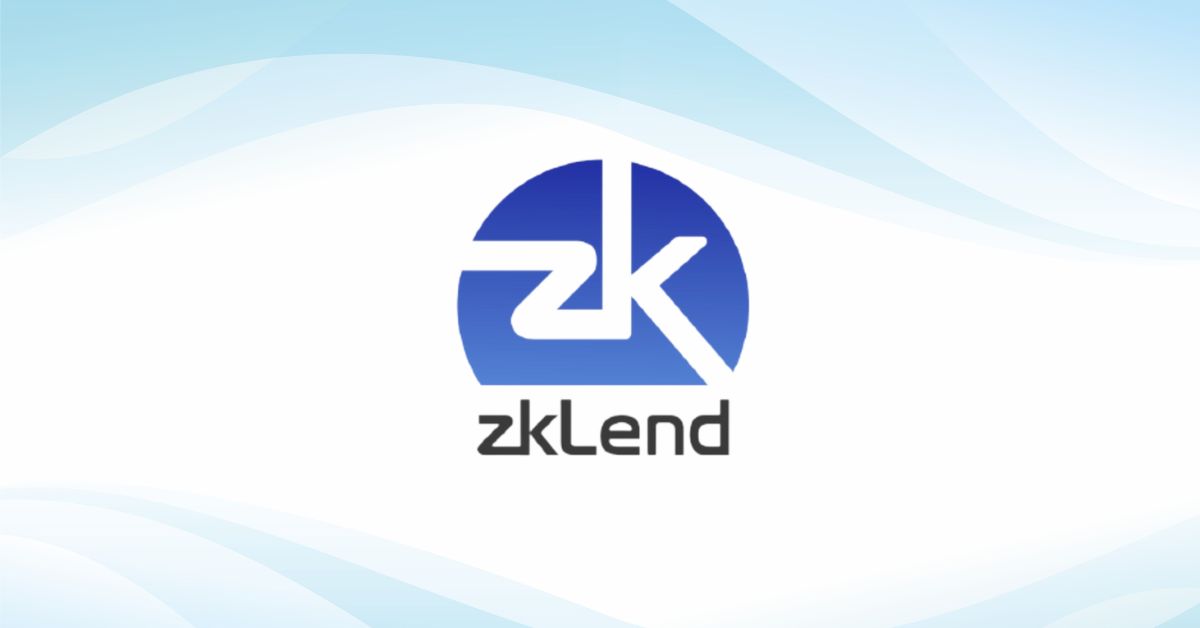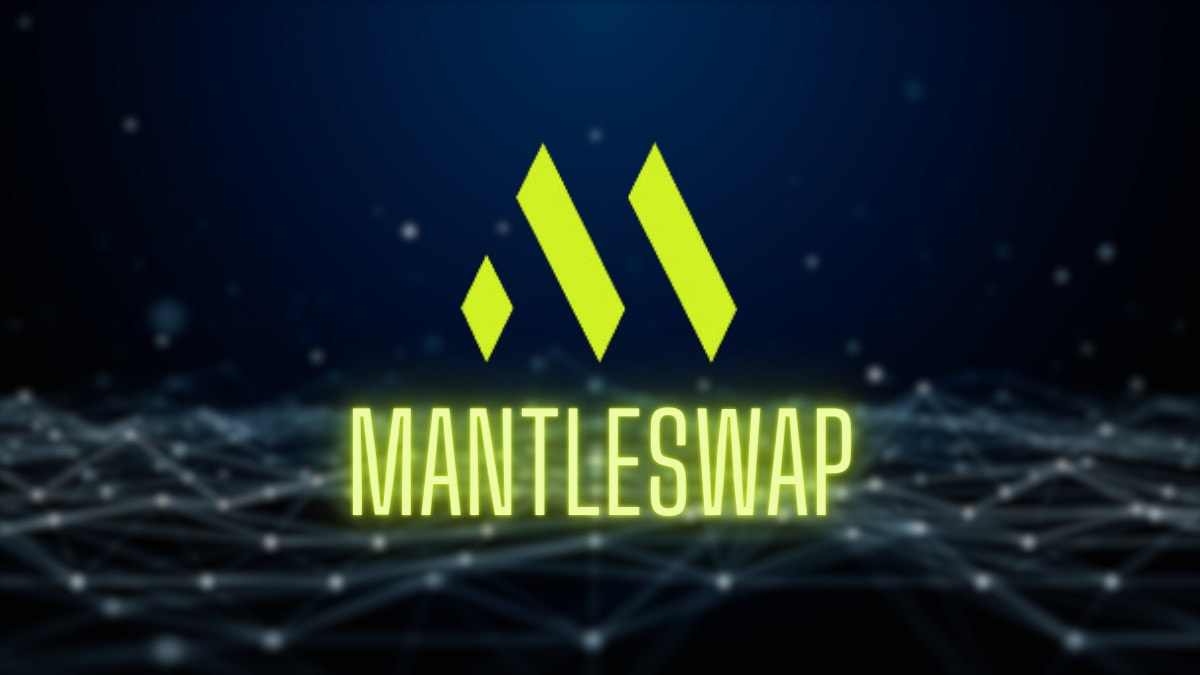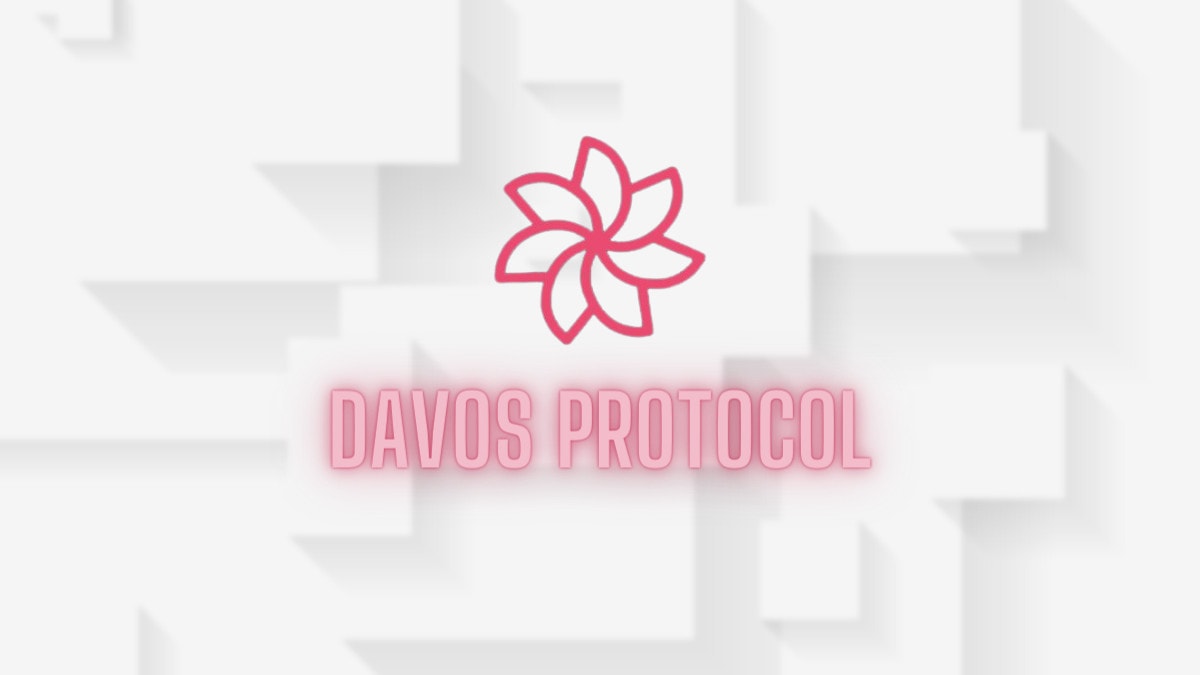Post.tech is a next generation Web3 social network built on Arbitrum. Post.tech allows you to earn points and tokens simply by using and posting on Post.tech or Twitter (X). Here’s our secret strategy guide on how to get maximum Post.tech points and $POST tokens!
Interacting with other users will give you MAXIMUM points and $POST, so follow us on Twitter so we can $POST you too!
Check out our other SocialFi platform strategy guides:
- Friend.tech strategy guide: How to get maximum points?
- Tipcoin $tip token strategy guide: How to get maximum points!
What is Post.tech?
Post.Tech is a social media platform that operates similarly to its predecessor, Friend.Tech. It offers token-gated channels where users can buy and sell access tokens. Post.tech charges a 10% fee on transactions, which is split evenly between the app and the channel’s owner. The Post.Tech platform has been gaining huge popularity recently, and on 20th September 2023 recorded $875,000 in transaction volume and trading volume exceeding $1.81 million in 24 hours.

How does Post.tech work?
Posting or engaging on either the Post.tech or Twitter (X) platforms gives you rewards. On Post.tech, users will need to create posts and engage with the community. Meanwhile, on Twitter (X), users will need to create tweets or reply mentioning @PostTechSoFi and $post in order to earn points. At the end of each epoch (i.e. week), Post.tech will calculate the number of points earned which can be redeemed for Post.tech’s tokens after the airdrop campaign ends. Users will be able to claim their tokens then.
Will there be a Post.tech $POST token airdrop?
Post.tech have confirmed on their website they will be doing an a $POST token airdrop. To get a Post-tech airdrop, all you need to do is post and engage with the community on Post.tech or Twitter (X).
How to use Post.tech?
Here’s how to set up, use and start earning Post.tech $POST points and tokens.
- Set up Post.tech account
Go to https://post.tech/ and link up your Twitter (X) account.
- Start posting and engaging with the community
Posts and engagement on both Twitter (X) and Post.tech give you points, with the latter platform giving you more points. But remember, if you post on Twitter (X), you need to mention @PostTechSoFi and $POST in order to earn points.
- Buy and sell profiles
To buy and sell profiles, you will need to deposit at least 0.001 ETH. The advantages of doing this are that you will earn 5% in trading fees when your profile’s shares a traded. You will also increase your reputation on the Post.tech platform, which can lead to extra rewards. You can see the number of points awarded for each post/interaction here.
- Claim $POST tokens
At the end of each epoch (i.e. 1 week), Post.tech will finalise your point count. And after the end of the airdrop campaign, Friend.tech will tally up all your points and determine your $POST token entitlement.
How are Post.tech points calculated?
Different interactions on Twitter (X) and Post.tech give you differing amounts of points. Here’s how the Twitter (X) and Post.tech points are calculated:
Points for posting on Post.tech
Here’s how points are calculated for posting on Post.tech:
- Posts: Up to 10k points (5 posts/day)
- Replies: Up to 5k points (25 times/day)
- Invite friends: 30k points (unlimited)
- Profile shares (i.e. profile sales on Post.tech): 150k – 15M points
- Shares holding (i.e. purchasing and holding shares on Post.tech): 200k – 15M points
- Buy/Sell shares (i.e. profile trading on Post.tech): 30k points (unlimited)
Points for posting on Twitter (X)
Here’s how points are calculated for posting on Twitter (X). Note that each tweet or reply must mention @PostTechSoFi and $POST in order to qualify:
- Original tweet: Up to 15k points (5 tweets/day)
- Tweet replies: Up to 7.5k points (25 replies/day)
How to get maximum Post.tech $POST points: Strategy guide
Here are some strategies to get maximum $POST points:
- Profile trading: Buy and sell newer/cheaper profiles faster to earn more points on profile trading. Remember, there’s no limit on the number of points you can earn through profile trading!
- Only hodl “good” profiles i.e those with high engagement posts.
- On smaller Post.tech or Twitter (X) accounts, reply to original posts with @PostTechSoFi and $POST. This is so they may also reply to your posts and you can win together!
- Focus on posting on Post.tech. Whilst you get fewer points for posting on Post.tech, the engagement will be very high since everyone who is on Post.tech is in it for the points. It is also a good place to make friends to exchange engagement.
Where can I trade $POST tokens?
Post.tech $POST tokens have not officially launched yet, so they are not tradable on any exchange. They are likely to launch once their airdrop campaign ends.
Conclusion
Post.tech is a Web3 social network that rewards users for posting and engaging on its own platform or on Twitter (X). Users can earn points and tokens by creating content, interacting with others, and trading profiles. Post.tech also offers token-gated channels where users can access exclusive content and communities. Post.tech is currently running an airdrop campaign where users can claim $POST tokens based on their points. With our guide and strategies, you can earn the maximum number of points and $POST tokens! Good luck and show your support by following us on Twitter!












